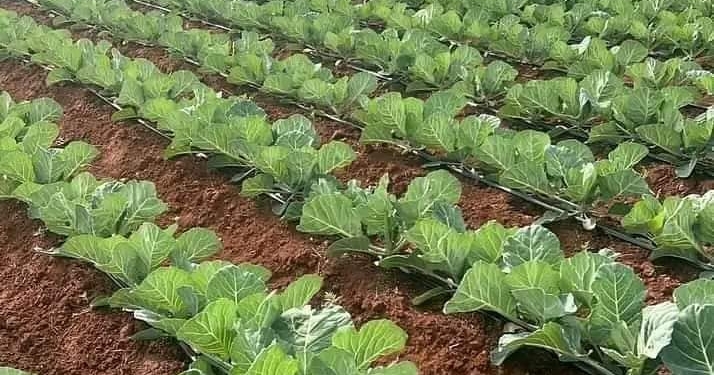GUIDELINES ON VEGETABLE FARMING.
When planning for a vegetable farm, you should consider several factors.
Crops: Decide which vegetables to grow. This will depend on the demand and climate. Study the market carefully and adjust production accordingly.
System: Decide which system you will use. Will it be open or protected?
Layout: After deciding on the range of crops to be grown and the systems, the layout of the land must be planned.
Here, care is needed. If the layout is bad, changing it would be costly. Remember too that roads, irrigation pipelines or buildings are involved. If sited wrongly, it would cost you an arm and a leg to move them.
Cropping plan: Work out the rotational plan to be followed and details of cropping. This should be done early enough.
Land preparation: The cost of clearing and preparing land must be considered.
Labour needs: It is very important to plan for labour, especially when manual work is needed.
Fencing and windbreaks: If fencing or wind break is needed, decide on the type and material as well as placement.
Compost area: Decide on the location of the compost area and whether you will need a compost heap or pit. A compost heap/pit is necessary to provide a place for the disposal of organic debris.
It also serves as a source of organic matter for use in the farm. It is generally located close to the nursery in an area unsuitable for crop production.
Nursery siting/area: Lightly shaded areas are preferred or you may build a lath house. Preferably, the nursery area should be at most two per cent of the total land.
You would also need to decide on the type of nursery to use. Will it be a seedbed or containerised? If seedbed, will it be raised, flat or sunken?
Irrigation and distribution method: Decide whether irrigation will be needed. If yes, carefully choose the system and water source.




